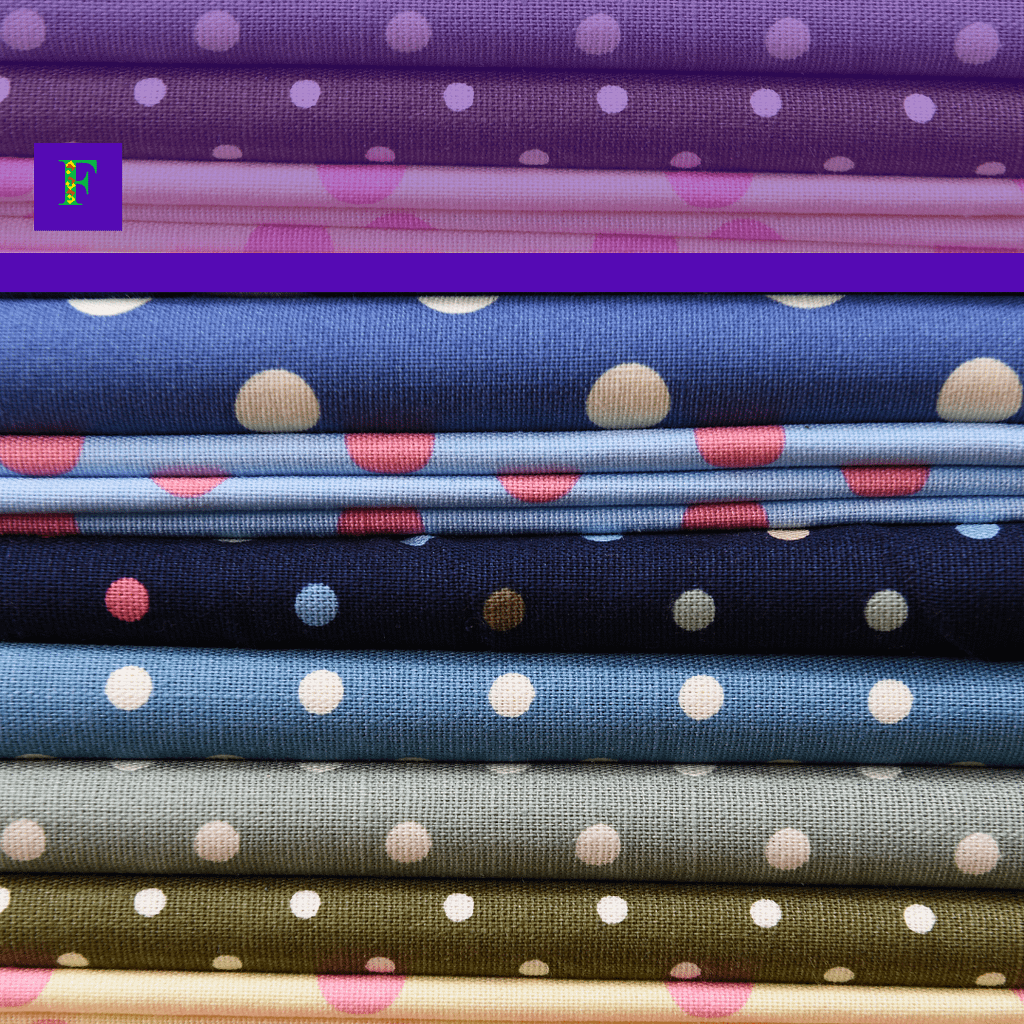
Innovations in Materials for Fashion: Shaping the Future of Design
In recent years, the fashion industry has undergone a radical transformation, driven by the need for sustainability, functionality, and innovation in the materials used. Innovation in fashion materials has not only led to the creation of more eco-friendly textiles but has also revolutionized how designers approach garment creation. These innovations are reshaping the entire process, from conceptualization to production, offering new opportunities for creativity and environmental responsibility.
One of the most significant innovations in materials is the development of sustainable fabrics. As concerns over the environmental impact of the fashion industry continue to grow, designers and manufacturers are turning to eco-friendly materials that minimize harm to the planet. Organic cotton, hemp, and bamboo fibers are becoming more popular, as they require fewer pesticides and less water compared to traditional cotton. These materials are not only biodegradable but also offer durability and comfort, making them a preferred choice for environmentally conscious brands.
recycled materials
The rise of recycled materials is another key innovation that has made a significant impact on fashion. Recycled polyester and recycled nylon are being used more frequently in clothing lines, providing a second life to materials that would otherwise end up in landfills. These materials can be repurposed from plastic bottles or discarded garments, helping to reduce waste and promote a circular economy. As recycling technology advances, the quality of these recycled fibers continues to improve, making them viable alternatives to virgin materials.
material innovation
Another breakthrough in material innovation is the development of bio-fabrics, which are derived from natural sources but mimic the properties of traditional textiles. Mushroom leather, algae-based fabrics, and silk made from bacteria are just a few examples of bio-fabric materials that have entered the fashion industry. These materials offer a sustainable, cruelty-free alternative to animal-based products like leather and silk. Additionally, bio-fabrics are often biodegradable, making them an environmentally friendly option for the future of fashion.
Technological advancements in fabric treatment have also played a crucial role in material innovation. Smart fabrics and textiles with embedded technology are being used to create clothing that adapts to environmental changes. For example, garments made from temperature-regulating fabrics adjust to the wearer’s body temperature, providing comfort in both hot and cold conditions. Similarly, waterproof fabrics and anti-odor treatments enhance the functionality of garments, making them more versatile and durable.
increasingly digital
Performance fabrics are another area where innovation is thriving. These materials are designed for active wear and are engineered to provide superior moisture-wicking, breathability, and stretch. Athletic brands have embraced materials like compression fabrics and moisture-wicking synthetic fibers to enhance performance while providing comfort and flexibility for athletes and fitness enthusiasts.
The future of fashion materials is also increasingly digital. With the rise of 3D printing, designers are experimenting with creating custom fabrics and garments directly from digital files. 3D-printed clothing offers endless possibilities for intricate patterns, textures, and shapes that would be impossible to achieve through traditional methods. This technology also allows for on-demand production, which can help reduce waste and overproduction, further supporting sustainable fashion practices.
In conclusion, innovations in materials for fashion are not just transforming the way we design and create garments but are also driving the fashion industry towards greater sustainability, functionality, and creativity. As new materials and technologies continue to emerge, the potential for the fashion industry to evolve and contribute positively to the planet grows exponentially.
